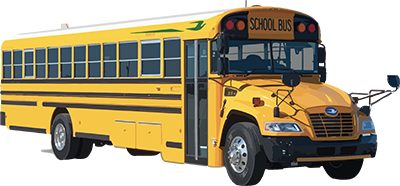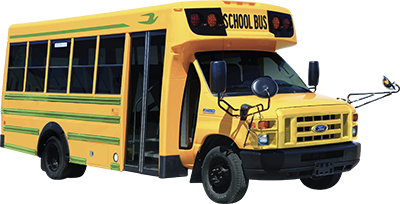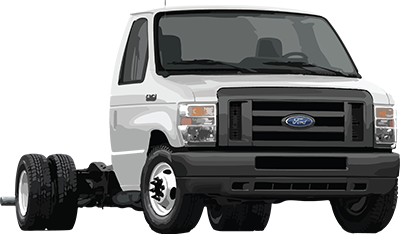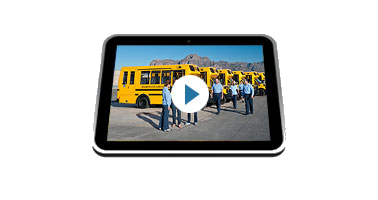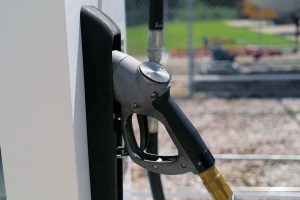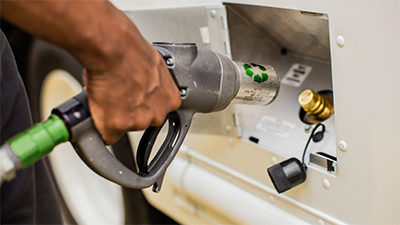Rolling with the Alt-Fuel Changes

It’s been said that the days go slow, but the years go fast. Now I’m living that truth as I watch everything around me — from my children to our alternative energy business — change to something different and even better than before. If we stop to notice, the landscape for alternative fuel vehicles looks different than it did just a year ago last summer.
Electric is buzzing
Nearly all major automakers will produce a line of electric vehicles by 2020, Plug-in America reports. Back in 2010, there were almost no electric cars on the road. In 2017, almost 200,000 electric vehicles were sold in the U.S.
And it’s not just cars: Fleet vehicles are doing the electric slide, too. By 2050, electric vehicles are predicted to make up 65 percent of new U.S. light-duty vehicle sales. While 2050 may seem a long way off, we’re already seeing an uptick on heavier-duty vehicles. At ROUSH CleanTech, we recently unveiled a fully electric Ford F-650.
Some challenges for electric fleets will be in teasing operational “fuel” costs out of utility bills and setting the best schedule for recharging to avoid peak electric usage fees.
Propane and CNG on the rise
From school buses to delivery trucks, propane autogas and compressed natural gas (CNG) continue to offer advantages of clean operations. Big corporate fleets, like Frito-Lay and UPS use CNG, as do many transit agencies. About 175,000 natural gas vehicles are on the road today. We’ve seen continued interest and sales in our CNG product in the Blue Bird Vision CNG school bus.
On the propane side, the past year experienced an increase of 13,000 more vehicles, according to the Propane Education & Research Council. The industry also saw a couple firsts — the first and only propane engine in class 4-7 vehicles certified to the optional low nitrogen oxide level of 0.05 grams per brake horsepower per hour and the first propane engine to achieve the Environmental Protection Agency and California Air Resources Board’s 2018 heavy duty-onboard diagnostics certification for its propane engine.
Infrastructure and funding
Diesel and gasoline fueling is easy throughout the country: How do alt fuels fit into the landscape? With the help of the Fixing America’s Surface Transportation (FAST) Act, the Federal Highway Administration is working with municipalities and private industries to create alternative fuel corridors on state highways. NATSO, the association of truck stops and travel centers, launched the Alternative Fuels Council to help retailers learn about and incorporate alternative fuels into their businesses as important growth opportunities.
While fleets that operate locally can top off their tanks at their own fueling centers, having public fueling stations widely available is key for longer-haul operations.
Government funding for alternative fuel vehicle development and infrastructure continued this year. Millions of U.S. Department of Energy dollars were awarded at the end of last summer to alternative fuel and autonomous vehicle research. The federal Vehicle Technologies Center announced more than $68 million in available research dollars in May. And there is the $2.9 billion in funding from the Volkswagen Environmental Mitigation Trust, the result of an emissions defect devised the auto manufacturer used to achieve emissions standards with dirty diesels. The trust will pay for transportation projects that reduce NOx emissions.
It’s exciting to imagine what new innovations will come from these programs and projects.
No longer alternative?
As shown by the decision of regulatory agencies to require all fuels achieve heavy duty-onboard diagnostics certification, alternative fuels are moving into the mainstream. The true reward is knowing all these alternative vehicles are contributing to communities’ air quality while providing safe, cost-effective transportation. And one day, alternatively fueled vehicles may not even be called “alternative.”

